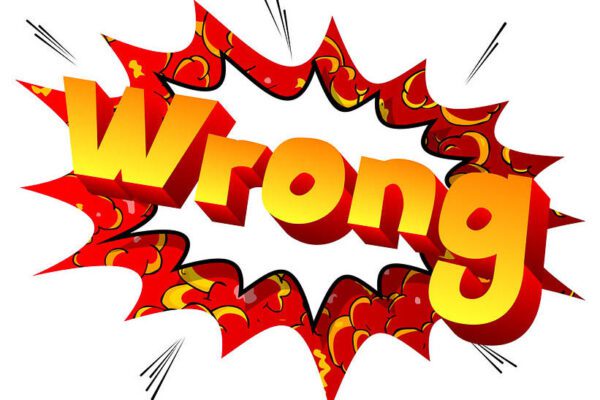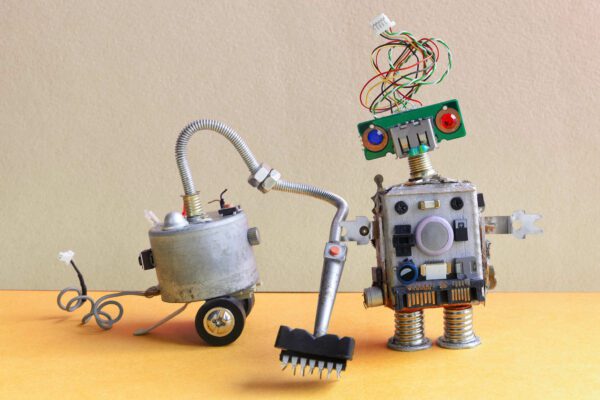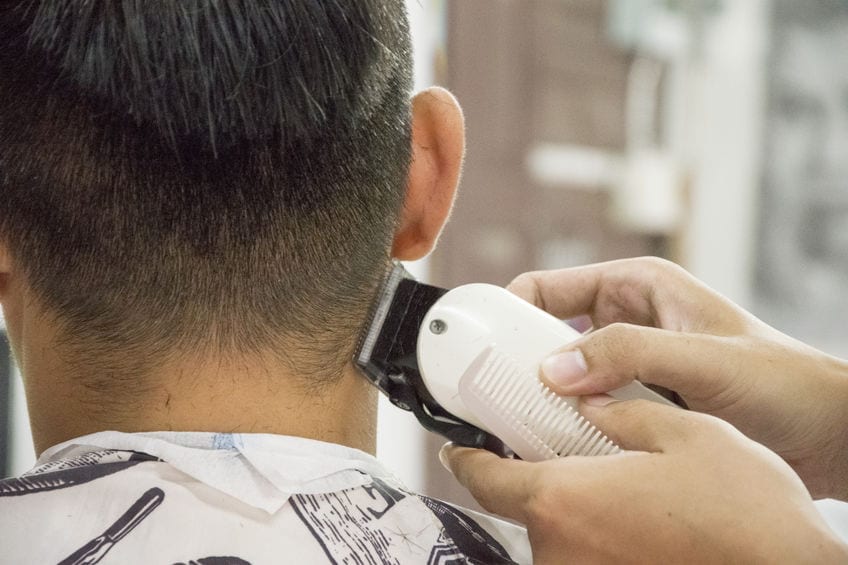
What is the place of silver nitrate for pilonidal wounds?
The “art” of surgery. As surgeons, we each have have years of training and experience plus an enormous body of scientific and clinical information at our fingertips. There is so much information, that…
Read more




